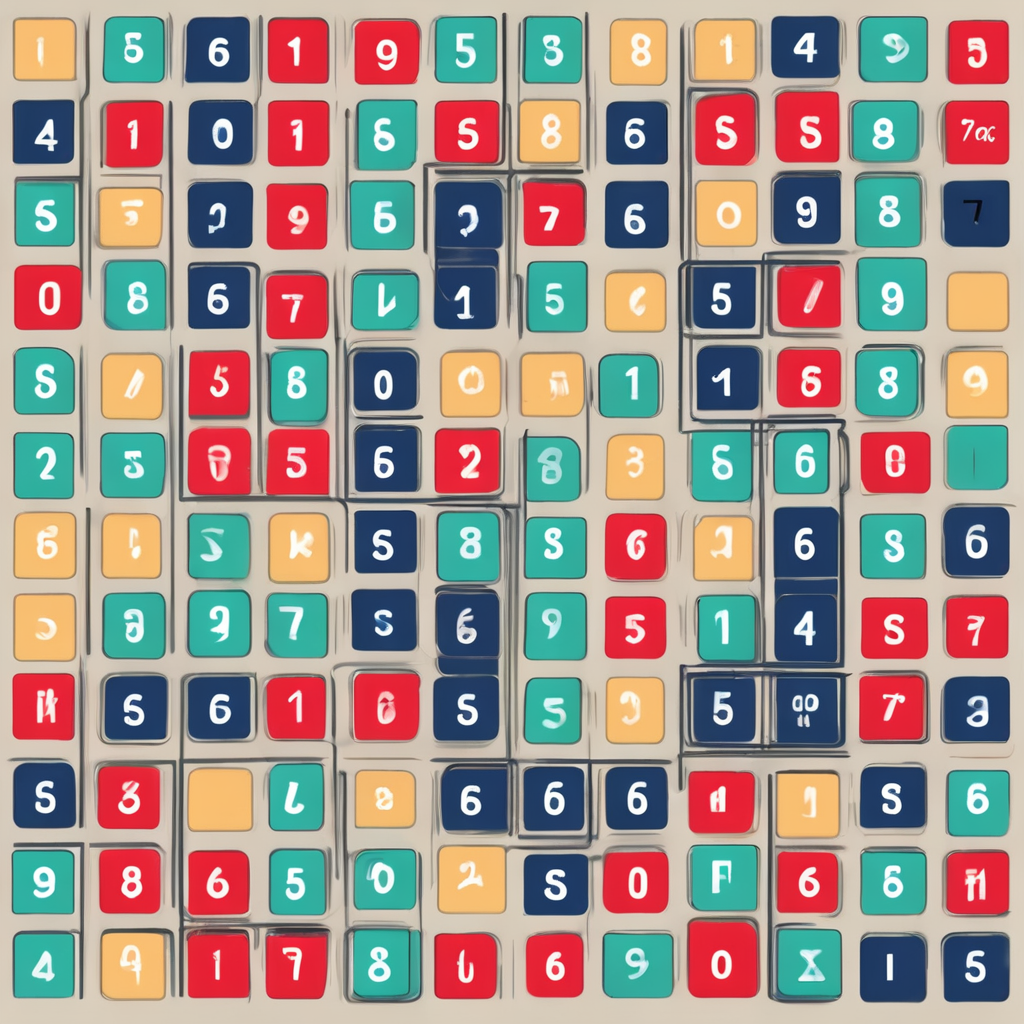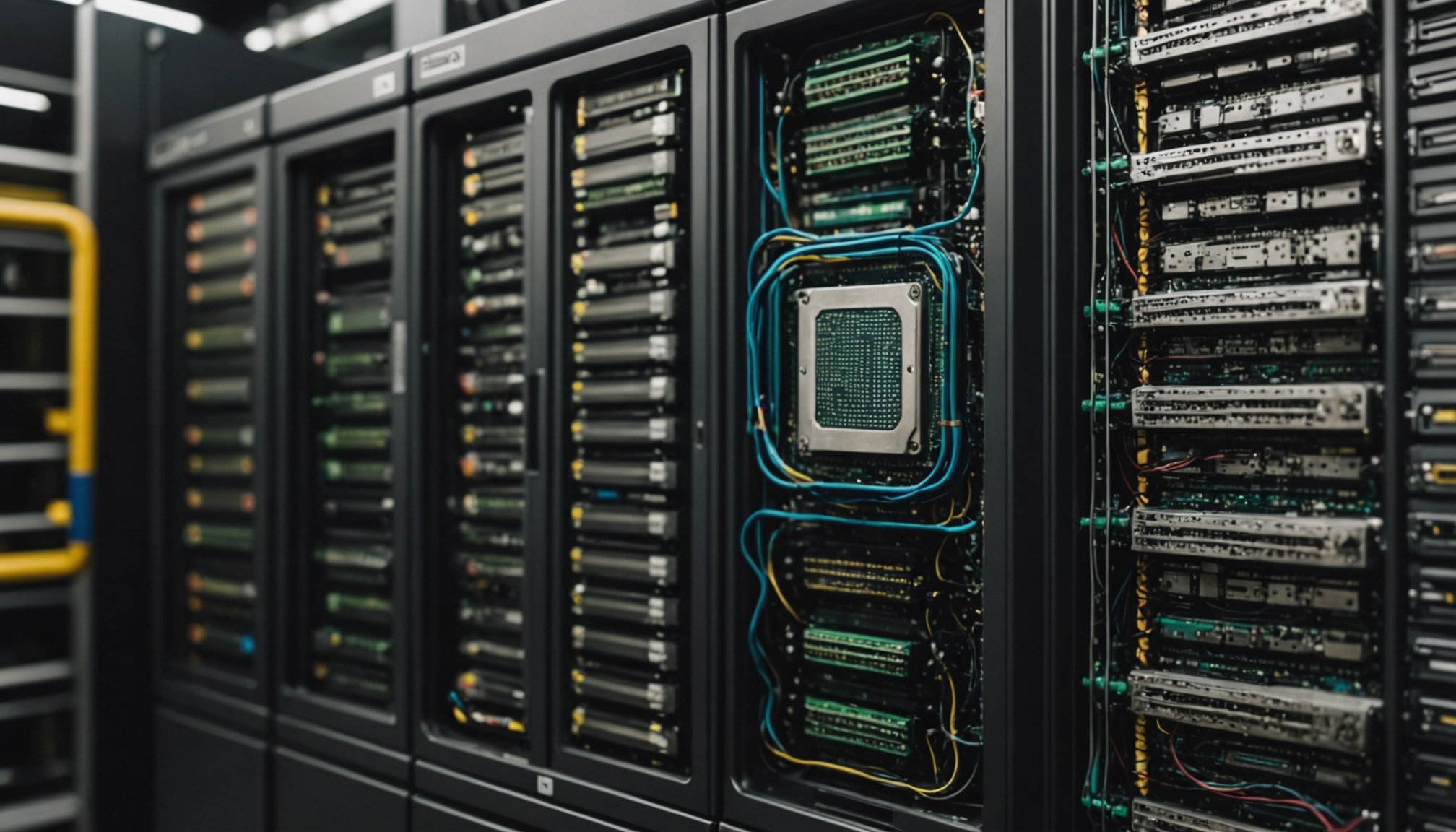Introduction to Data Caching in Python Flask
Data caching is pivotal for enhancing application performance in web environments. It temporarily stores frequently accessed data, reducing the need for repetitive database requests and thus speeding up response times. In web applications, such as those developed using Python Flask, efficient data caching can be a game-changer.
Python Flask is a lightweight yet powerful micro web framework. Its architecture is designed to be simple and flexible, enabling developers to craft applications swiftly. However, without proper caching mechanisms, applications might face performance bottlenecks, especially under heavy load.
Topic to read : Essential Expert Tips to Fortify Your WordPress Site Security: Must-Know Strategies for 2023
Benefits of Implementing Caching in Flask Apps
-
Reduced Latency: Caching minimizes the time taken to fetch data by holding reusable data closer to the application logic.
-
Increased Scalability: By alleviating database query loads, Flask apps become more scalable to handle larger user bases.
Additional reading : Maximizing Performance: Effective Tactics for Optimizing Your Kafka Event Streaming Platform
-
Improved User Experience: Faster response times lead to a smoother experience for end-users, which is crucial in retaining user engagement.
Incorporating efficient caching techniques in Flask can significantly boost performance, making applications not only faster but also more reliable under stress. This establishes a strong foundation for building robust Flask applications, especially as user demand grows.
Types of Caching Techniques
When optimizing web applications in Flask, the choice of caching techniques can significantly impact performance. The two primary types of caching are in-memory caching and distributed caching.
In-memory caching stores data directly in a local memory space, making it extremely fast. This method is ideal for smaller, single-node applications where speed and simplicity are paramount. For example, in Flask apps, in-memory caching can drastically reduce latency by storing frequently accessed data closer to the application logic.
On the other hand, distributed caching is a more scalable solution, often employed in larger applications with multiple nodes. This caching technique uses external servers dedicated to storing cache, such as Redis or Memcached, allowing the application to handle greater user loads across clusters.
Each caching type serves different needs. In-memory caching offers high-speed data retrieval ideal for low-scale applications, whereas distributed caching provides robust, scalable storage for high-demand environments. Understanding these options helps developers choose the right strategy for their Flask applications, ensuring optimal resource utilisation and application performance enhancement. Choosing between these techniques depends on the specific requirements and architecture of the application in question.
Implementing In-Memory Caching
In-memory caching is a powerful technique for enhancing application performance, especially in Python Flask applications. It temporarily stores data directly in a local memory space for quick access. This is useful for applications that necessitate high-speed data retrieval, reducing latency significantly.
Setting Up Flask-Caching
To utilize in-memory caching, you can employ the Flask-Caching extension. This tool simplifies integrating in-memory caching capabilities within Flask apps. Begin by installing the package using pip:
pip install Flask-Caching
Next, configure the cache in your Flask application:
from flask import Flask
from flask_caching import Cache
app = Flask(__name__)
cache = Cache(app, config={'CACHE_TYPE': 'simple'})
Code Snippet Example
Here’s an example snippet demonstrating basic caching:
@app.route('/expensive-call')
@cache.cached(timeout=50)
def expensive_api_call():
return get_data_from_slow_source()
Best Practices for In-Memory Caching
For maximum efficiency, ensure that the cached data aligns with the access patterns of your application. Monitor cache hits and misses to fine-tune your cache configurations. Implement cache expiration policies to refresh stored data periodically, preventing stale data delivery. By strategically applying in-memory caching, Flask applications can achieve remarkable performance improvements, accommodating high-speed data access while reducing unnecessary database queries.
Distributed Caching Solutions
When it comes to distributed caching, Redis and Memcached emerge as prominent solutions. These powerful tools enhance the scalability of Flask applications by distributing data across multiple nodes, unlike in-memory caching which is confined to a single node.
Overview of Redis as a Caching Solution
Redis is a versatile in-memory data structure store, offering capabilities beyond simple caching, such as persistence and data replication. It handles concurrent connections with ease, making it suitable for high-load environments.
Redis enables data to be stored in various formats like strings, hashes, and lists, which allows tailoring the caching mechanism to specific application needs.
Implementing Memcached with Flask
Memcached offers a simpler, high-performance caching layer. It is lightweight and focuses purely on caching, making it quick and easy to implement. To integrate it into a Flask app, you’d typically install a library like Flask-Memcached and configure it similarly to Flask-Caching.
Performance Comparisons
Redis generally provides more features and broader use-case support, whereas Memcached is favored for its simplicity and speed with simple data types. Choosing between Redis and Memcached depends on application requirements—complexity versus speed and ease of use. By understanding these dynamics, developers can make informed decisions on which distributed caching solution best suits their Flask applications.
Advanced Caching Techniques
In web applications, employing advanced caching strategies can significantly boost performance. Cache expiration is crucial, determining how long data should be stored before being deemed outdated. This prevents users from receiving stale information. Setting appropriate expiration policies is vital, considering the data’s sensitivity and update frequency.
Cache invalidation is another critical concept. This process involves removing or updating cached data when the underlying source data changes. One effective strategy is utilizing timestamps to track data changes; thus, when a request is made, the system verifies cache freshness before responding.
For enhanced performance, consider combining multiple caching strategies. Layering in-memory caching for rapid data retrieval with distributed caching for scalability can optimize resource use and response times. This dual approach ensures high-speed access while maintaining the ability to scale with demand.
Advanced caching isn’t a one-size-fits-all solution. Tailor strategies to fit your application’s specific needs, regularly reviewing and adjusting as necessary to adapt to changing requirements. By skilfully managing cache expiration and invalidation, developers can significantly enhance application efficiency and reliability in Python Flask environments, creating a resilient infrastructure capable of handling complex data needs effectively.
Troubleshooting Caching Issues
Troubleshooting caching in Python Flask involves addressing common cache issues that might impact application performance. One frequent pitfall is cache staleness, where outdated information is served. To debug this, ensure cache expiration policies are properly set, reflecting the freshness requirements of your data. Monitoring tools like Flask-Debug can be invaluable, providing insights into your cache’s performance.
Another common issue is cache invalidation errors, which occur when changes in the underlying data don’t reflect in the cache. A practical approach to tackling this involves logging cache hits and misses and correlating these with database updates to ensure data consistency. Techniques like timestamp-based validation can determine when a cache should refresh.
Tips for Effective Debugging
- Use logging extensively to track caching events.
- Implement monitoring solutions to gain real-time cache insights.
- Regularly audit cache configurations to align with access patterns.
By systematically addressing these issues and applying robust debugging strategies, developers can maintain efficient cache performance in Flask applications. Leveraging the right tools and techniques not only resolves current problems but also helps in preemptively catching potential future cache issues, ensuring smooth and reliable application functionality.
Advanced Caching Techniques
Implementing advanced caching strategies within web applications is crucial for maintaining optimal performance, particularly in dynamic environments. One essential technique is cache expiration, which involves setting a lifespan for cached data to prevent outdated information from being served. This concept is vital for applications with data that frequently change, ensuring real-time accuracy.
Cache expiration can be managed through several methods, including absolute expiration, where data is removed after a specified time, or sliding expiration, which extends the cache lifespan with each access. The choice between these techniques depends on application needs and data volatility.
Cache invalidation refers to updating or removing entries when underlying data changes. It’s a more complex but necessary strategy vital for maintaining data consistency. Techniques for cache invalidation include configuring alerts for data changes or employing versioning systems to track updates. This is critical for applications handling sensitive data where accuracy is paramount.
For superior performance, consider layering multiple caching strategies. Combining in-memory caching and distributed solutions allows for rapid data retrieval and scalability, accommodating increased user demand efficiently. This hybrid approach ensures that data remains accessible while managing resources effectively, aligning with varying operational scales and needs.











